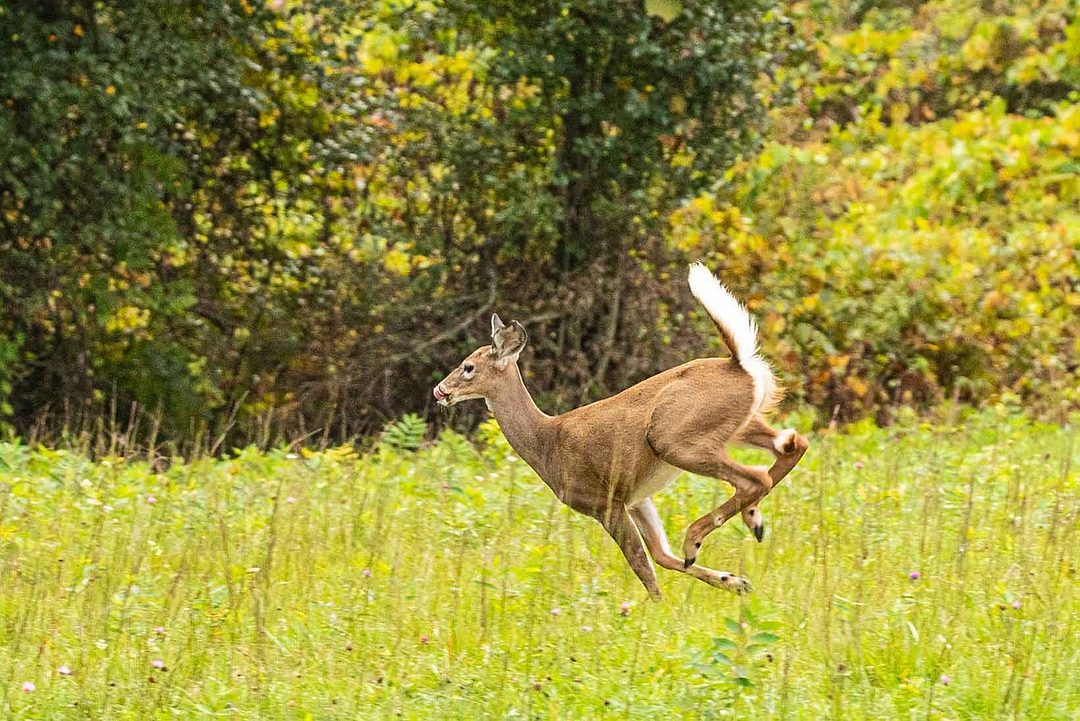Spring is finally here! One of Concord’s true treasures is its plethora of parks, trails, and nature preserves. Our friend Dave Witherbee has put together a collection of some of his favorite Spring images to inspire you to get outside and explore!
Great places to get started include Walden Pond (there’s a beautiful trail that goes all the way around the pond), the Minute Man National Historical Park (a great way to combine nature and history), Great Meadows National Wildlife Refuge, Fairhaven Bay, or the Bruce Freeman Rail Trail (a great option for those who prefer a nice, paved path with very little incline).

Bee on buttonbush: Buttonbush is native to North America and is a favorite of bees, butterflies, and hummingbirds. It likes wet soil, so look for buttonbush in woodlands and along the edges of ponds.

Monarch butterfly: Monarch butterflies are one of the most readily identifiable butterflies in North America. Their bright orange and black coloring makes them easy to spot on a lovely spring day and also lets predators know they’re poisonous! Monarchs are one of few migratory insects. In the summer they range as far north as southern Canada. In the fall, though, the eastern population (those butterflies east of the Rocky Mountains) migrates to central Mexico. As caterpillars, monarchs feed exclusively on the leaves of milkweed.

Daylilies: Originally from Asia, daylilies are now grown all over the world. Although each flower lasts only one day, another flower on the same stem will frequently open the next day. Common daylilies are easy to grow and multiply quickly, which is why you’ll frequently see them along roadsides or abandoned buildings.

Kayaking on Concord: Getting out on one of the area rivers is a great way to enjoy nature. Relax with a leisurely paddle downriver and watch for ducks, swans, hawks, deer, and other wildlife.

Young great horned owl: Great horned owls can be found throughout North America and are excellent hunters of rabbits, squirrels, hawks, snakes, and other small animals and birds. Great horned owls hunt at night, sometimes at dusk, so you might see them on an early evening walk.

Hummingbird moth on bee balm: Hummingbird moths fly and move just like hummingbirds! They have long tongues like hummingbirds as well and love many of the same flowers, like this bee balm. Hummingbird moths fly during the day, so keep a close watch and you may see one this Spring.

Spring patio: Your own backyard is also a wonderful place to observe nature. Sit quietly one day and you’ll be surprised how many species of birds, animals, insects, and plants you might see.
All images by Dave Witherbee



